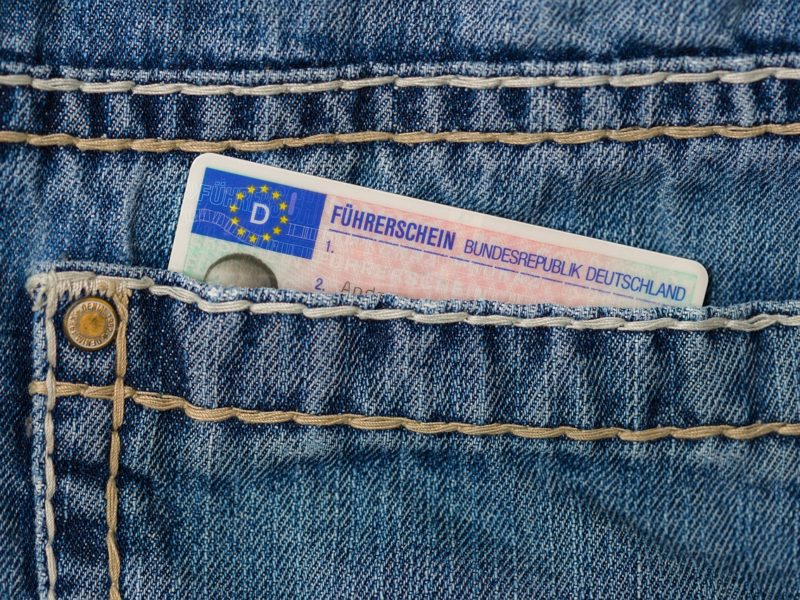A suspended driver’s license can result from various infractions, such as DUIs, unpaid fines, reckless driving, or accumulating too many points on your driving record. Maintaining auto insurance during the period of your license suspension is still very important as it would still provide protection for your vehicle and could also make the process of reinstating your license easier, as it demonstrates responsibility. Obtaining new auto insurance while your license is suspended is however going to be a challenging task.
Why was your license suspended?
A suspended driver’s license means that your legal privilege to operate a motor vehicle has been temporarily revoked by the state. The reasons for a suspension can vary, but the common ones include:
- Traffic Violations: Frequent or severe traffic violations can lead to a suspended license. These violations may include reckless driving, speeding, running red lights, or driving under the influence.
- Accumulated Points: Many jurisdictions use a point system to monitor and penalize drivers for various infractions. If you accumulate too many points, your license may be suspended.
- DUI/DWI Convictions: Driving under the influence (DUI) or driving while intoxicated (DWI) convictions are major contributors to license suspension. Penalties vary depending on the severity of the offense and your location.
- Unpaid Traffic Tickets: Failure to pay traffic fines and court-ordered fees can result in a suspended license.
- Child Support Arrears: Some states suspend licenses for individuals who owe substantial child support payments.
- Non-Driving Offenses: In some cases, your license might be suspended for non-driving-related offenses, such as drug-related convictions or failure to appear in court.
- Reckless driving or excessive speeding.
Legal Implications of Driving with a Suspended License
- Further Penalties: If caught driving with a suspended license, you may face additional fines, increased license suspension, and even imprisonment in some cases.
- Vehicle Impoundment: Law enforcement may impound your vehicle, leading to additional costs.
- Criminal Record: A conviction for driving with a suspended license can result in a criminal record, which can impact your future employment prospects and opportunities.
- Extended Suspension: Driving with a suspended license can extend the length of your suspension.
Obtaining Insurance with a Suspended License
While it may be challenging to find affordable insurance with a suspended license, options are available. Here are a few approaches to consider:
- Non-Owner Insurance: If you don’t own a vehicle but need insurance to satisfy legal requirements, non-owner insurance is an option. It provides liability coverage when you borrow or rent a vehicle.
- High-Risk Insurance: Some insurance companies specialize in high-risk policies. They may offer coverage to individuals with suspended licenses, but at a higher premium.
- SR-22 Insurance: An SR-22 form is often required for drivers with a suspended license. It proves you have the minimum required insurance coverage. Your insurance provider files the SR-22 with your state’s Department of Motor Vehicles (DMV).
- Shop Around: Different insurance companies have varying policies and pricing for high-risk drivers. It’s advisable to shop around, obtaining quotes from multiple providers to find the best deal.
The Reinstatement Process
The process of reinstating a suspended driver’s license varies from state to state, but the following are general steps that you can expect to encounter:
- Determine the Suspension Period: First, you should determine the length of your license suspension and the specific reasons for it. This information is typically provided in the notice you received when your license was suspended.
- Compliance with Suspension Terms: To reinstate your license, you must meet any conditions or requirements imposed by the court, such as completing a defensive driving course, paying fines, or serving a suspension period. Ensure all necessary actions are taken.
- SR-22 Insurance: If your state requires it, obtain an SR-22 certificate from your insurance provider. This is a form filed with the state to prove you have the required auto insurance coverage.
- Reinstatement Fee: Pay the reinstatement fee to your state’s Department of Motor Vehicles (DMV) or equivalent agency. The fee amount varies by state.
- Pass Any Required Tests: Depending on the nature of your suspension, you may need to pass a written or road test. In some cases, individuals with medical issues may need a medical evaluation or clearance from a physician.
- Attend a Hearing: In some instances, you may be required to attend a hearing at the DMV to explain your situation and provide evidence of compliance with suspension terms.
- Apply for Reinstatement: Complete the necessary forms and applications for reinstatement provided by your state’s DMV. Ensure all required documents, such as the SR-22 certificate, are included.
- Wait for Approval: After submitting your application and fees, you will need to wait for approval from the DMV. This approval may take some time, so be patient.
- Receive Your New License: Once your application is approved, you will receive your reinstated driver’s license. Make sure to carry it with you at all times when driving.






